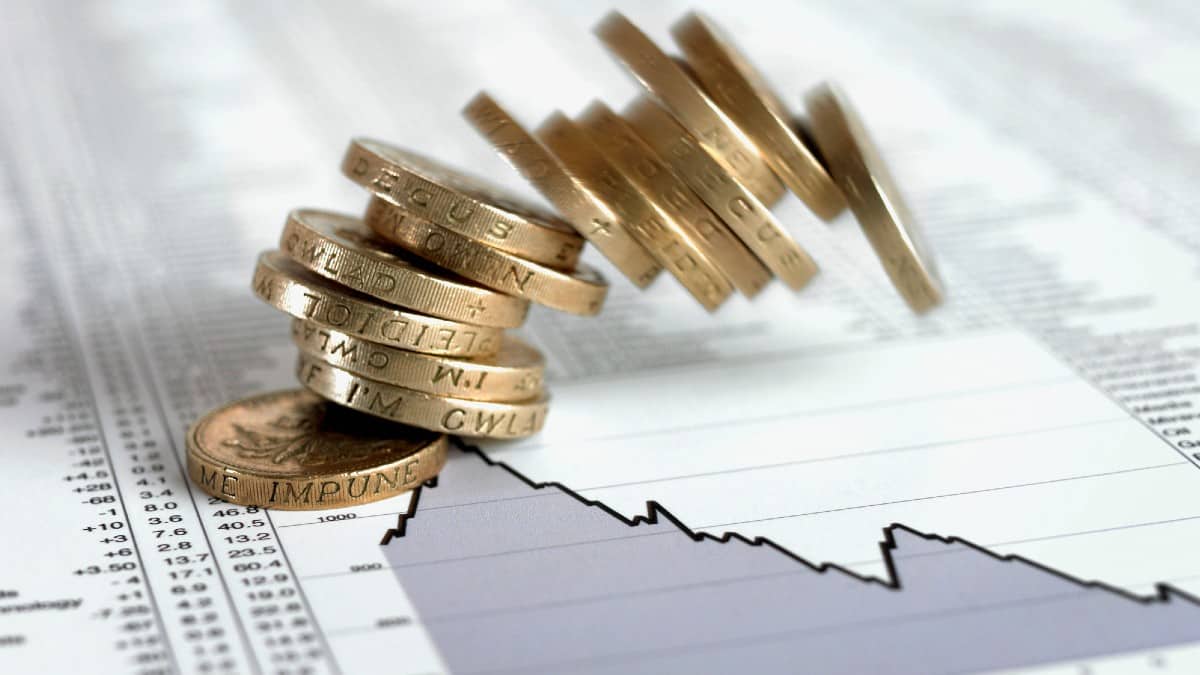One of the biggest yielders in the FTSE 100 is financial services group M&G (LSE: MNG). The M&G yield sits at a juicy 9.2%. Not only that, but the company’s policy of paying stable or increasing dividends means that it plans at least to maintain the dividend at the current level.
But unusually high dividends can sometimes suggest there may be risks ahead. Below I examine how safe I think the M&G yield is.
The M&G yield is very attractive
It’s worth starting by noting that, while the M&G share price has been sliding in the past few months, it is still up 20% over the past 12 months. So, today’s yield is already smaller than for investors who purchased the shares then. Last spring, the M&G share price fell to around £1.10. That is little more than half today’s level. So, if I had bought M&G shares then just around when Fool Rupert Hargreaves identified them among his top value stocks, my current yield on the investment would be around 17%. That is a very unusual yield for a FTSE 100 company and highly attractive to me.
Passive income stocks: our picks
Do you like the idea of dividend income?
The prospect of investing in a company just once, then sitting back and watching as it potentially pays a dividend out over and over?
If you’re excited by the thought of regular passive income payments, as well as the potential for significant growth on your initial investment…
Then we think you’ll want to see this report inside Motley Fool Share Advisor — ‘5 Essential Stocks For Passive Income Seekers’.
What’s more, today we’re giving away one of these stock picks, absolutely free!
Dividend coverage
The dividend is currently well-covered by earnings. In fact, last year, earnings per share of 44.4p covered the dividend per share of 18.2p more than twice over.
But earnings are an accounting measure. They can be useful in assessing a company’s performance, but I prefer to look at free cash flow over the long term. That shows the money coming in or going out of the door, so I think it is a better indicator of a company’s ability to fund a dividend.
As it only demerged from Prudential several years ago, there is not yet a clear pattern of free cash flow at M&G. Last year, excluding dividend costs, the company reported free cash flow of £1.3bn. As with earnings, that was more than enough to cover the cost of dividends, which totalled £562m. By contrast, the prior year had seen negative free cash flow. But I think that partly reflected accounting elements of the demerger process, so I don’t see it as a guide to likely future free cash flows.
In M&G’s interim results for this year, cash flows fell sharply. The company reported negative free cash flow excluding dividends for the six-month period of -£384m. That compared to a positive figure of £105m in the prior equivalent period. Dividends in the first six months of this year saw another £310m go out of the door.
My next move on the M&G yield
That could be a temporary aberration. Financial services companies often experience significant short-term swings in cash flows. But there are other risks with M&G. The first half saw net client outflows in some parts of the business. M&G was able to mitigate the financial impact of that with net client inflows to its institutional asset management business and positive market movements. But if it keeps experiencing client outflows in even some parts of the business, that could hurt both revenues and profits.
Nonetheless, the chief executive bought £112,000 worth of M&G shares in August. Based on its most recent full-year results, the dividend is amply covered both by earnings and free cash flow. With the attractive M&G yield, I am considering following the chief executive’s lead.







